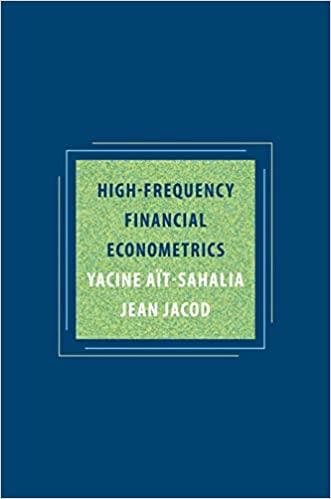Answered step by step
Verified Expert Solution
Question
1 Approved Answer
please provide an explanation to how to solve this question! thank you. Holt Enterprises recently paid a dividend, Do, of $2.25. It expects to have
please provide an explanation to how to solve this question! thank you.
Holt Enterprises recently paid a dividend, Do, of $2.25. It expects to have nonconstant growth of 25% for 2 years followed by a constant rate of 6% thereafter. The firm's required return is 11%. a. How far away is the horizon date? I. The terminal, or horizon, date is Year 0 since the value of a common stock is the present value of all future expected dividends at time zero. II. The terminal, or horizon, date is the date when the growth rate becomes nonconstant. This occurs at time zero. III. The terminal, or horizon, date is the date when the growth rate becomes constant. This occurs at the beginning of Year 2. IV. The terminal, or horizon, date is the date when the growth rate becomes constant. This occurs at the end of Year 2. V. The terminal, or horizon, date is infinity since common stocks do not have a maturity date. IV b. What is the firm's Horizon, or continuing, value? Do not round intermediate calculations. Round your answer to the nearest cent. $ c. What is the firm's intrinsic value today, Po? Do not round intermediate calculations. Round your answer to the nearest cent. $

Step by Step Solution
There are 3 Steps involved in it
Step: 1

Get Instant Access to Expert-Tailored Solutions
See step-by-step solutions with expert insights and AI powered tools for academic success
Step: 2

Step: 3

Ace Your Homework with AI
Get the answers you need in no time with our AI-driven, step-by-step assistance
Get Started


